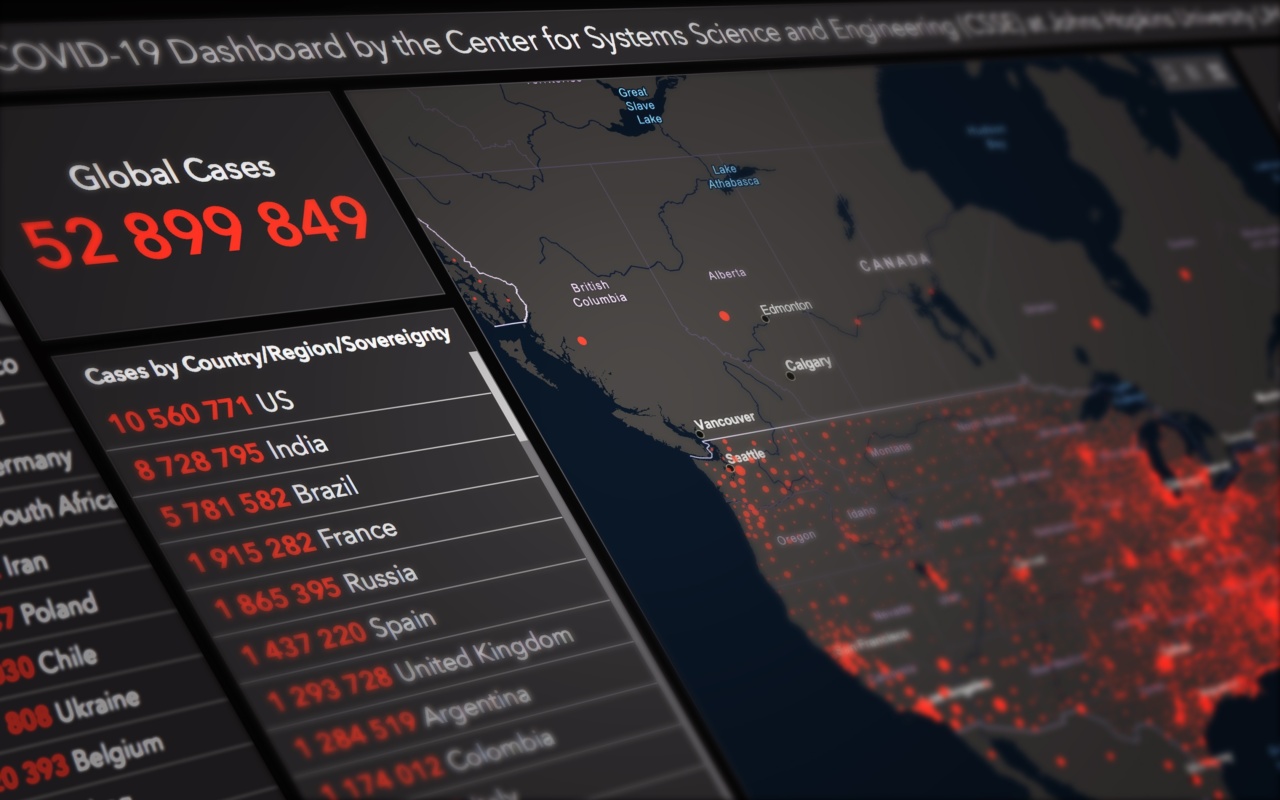Tuberculosis (TB) has been a major public health concern for decades, affecting millions of people worldwide. Despite the availability of effective treatment, TB remains one of the leading causes of death from infectious diseases.
One of the major challenges in TB control is timely diagnosis, which is essential for early treatment and preventing the spread of the disease. The current TB diagnosis system has several limitations and requires revamping to achieve optimal outcomes.
Challenges with Current TB Diagnosis System
The current TB diagnosis system involves a series of tests and procedures to identify the presence of Mycobacterium tuberculosis (MTB), the bacterium that causes TB, in a person’s body.
The most commonly used tests include sputum smear microscopy, culture, and chest X-rays.
However, these tests are associated with several limitations that affect their accuracy and reliability. For instance:.
- Sputum smear microscopy has low sensitivity, particularly in people with HIV, and cannot differentiate between active and latent TB infection.
- Culture is a highly sensitive test but requires several weeks to produce results, which can delay diagnosis and treatment initiation.
- Chest X-rays are non-specific and cannot differentiate TB from other respiratory diseases, such as pneumonia or lung cancer.
Furthermore, the current TB diagnosis system is heavily reliant on manual procedures, which can be time-consuming, labour-intensive, and prone to errors.
As a result, many TB cases go undiagnosed or misdiagnosed, leading to disease progression, treatment failure, and increased transmission.
The Need for Revamping TB Diagnosis System
To overcome the challenges associated with the current TB diagnosis system, there is a need for revamping and modernising the system by incorporating new and innovative technologies. The revamping of the diagnosis system will enable:.
- Early and accurate diagnosis of TB, which is crucial for timely initiation of treatment and prevention of disease progression and transmission
- Improved access to diagnosis, particularly in resource-limited settings where the burden of TB is highest.
- Reduction of diagnostic errors and improved quality of care
Revamped TB Diagnosis System: The Role of New and Innovative Technologies
Several new and innovative technologies have emerged that can revolutionise the TB diagnosis system and improve its accuracy, reliability, and speed. Some of the technologies include:.
Molecular diagnostics
Molecular diagnostics refers to a set of techniques that detect the genetic material of MTB in a person’s body.
The most commonly used molecular diagnostic technique is the polymerase chain reaction (PCR), which enables rapid and accurate diagnosis of TB.
GeneXpert MTB/RIF
GeneXpert MTB/RIF is a novel diagnostics platform that uses molecular assays to simultaneously detect MTB and rifampicin resistance (a key indicator of multidrug-resistant TB) within two hours.
The GeneXpert platform is fully automated, requires minimal training, and can be deployed in a variety of settings, including remote and resource-limited areas.
Line Probe Assay
Line Probe Assay (LPA) is a molecular diagnostic technique that detects MTB and drug resistance mutations within 4-8 hours. LPA can be used as a stand-alone test or as a follow-up test to confirm results of other diagnostic tests.
Whole Genome Sequencing
Whole genome sequencing (WGS) is a technique that reads the entire genetic code of MTB, enabling the identification of specific mutations associated with drug resistance.
WGS can also be used to track the transmission and evolution of MTB strains, which is crucial for effective TB control.
Nanotechnology-Based Diagnostics
Nanotechnology-based diagnostics involves the use of nanomaterials, such as gold nanoparticles, to detect specific biomarkers of MTB in a person’s body.
Nanotechnology-based tests are highly sensitive, low-cost, and can yield results within minutes.
Conclusion
Revamping the TB diagnosis system is an essential step towards improving TB control worldwide.
Incorporating new and innovative technologies, such as molecular diagnostics, GeneXpert MTB/RIF, Line Probe Assay, Whole Genome Sequencing, and nanotechnology-based diagnostics, can significantly improve the accuracy, reliability, and speed of TB diagnosis. These new technologies have the potential to revolutionise the TB diagnosis system and reduce the burden of TB globally.






























